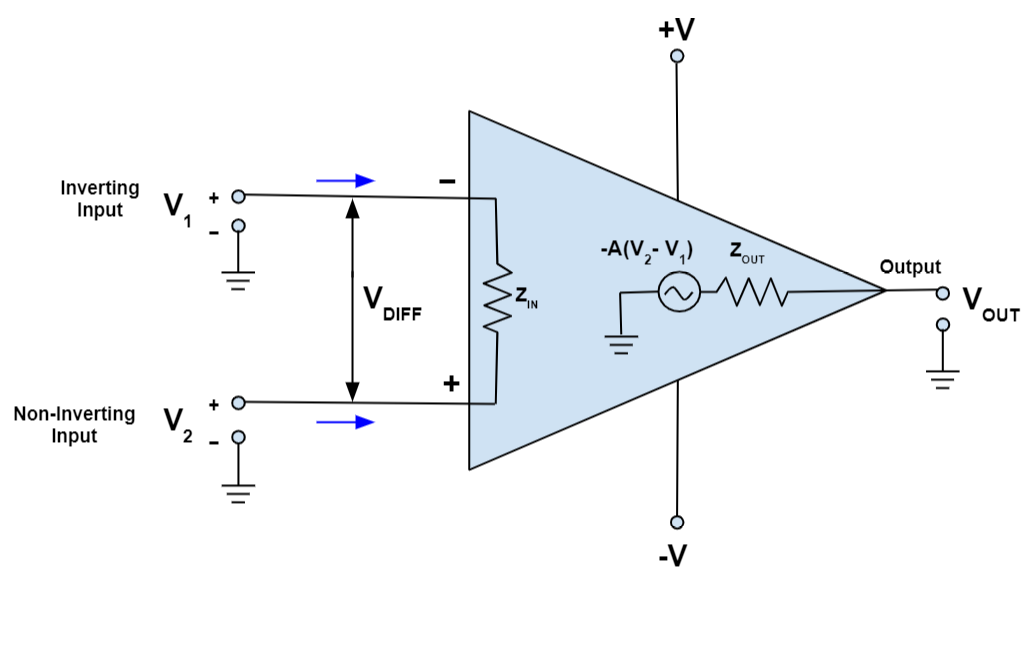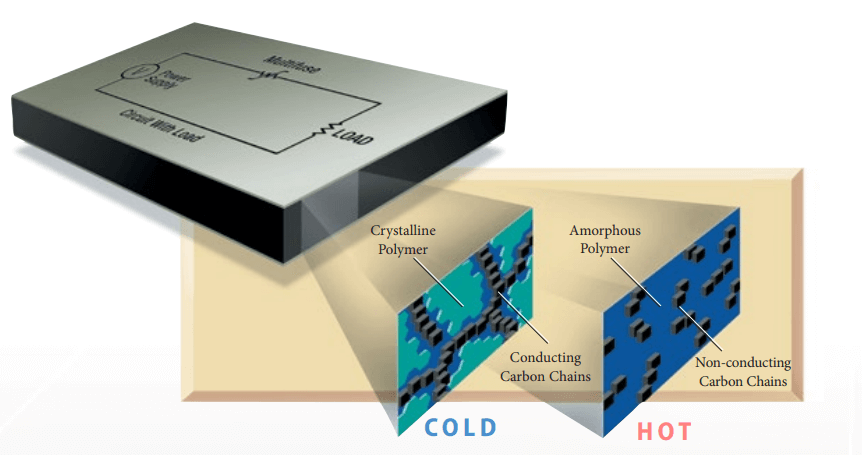
Understanding Operational Amplifiers: The Basics and Beyond
Operational amplifiers, or op-amps for short, are widely used electronic components that play a crucial role in many circuits and devices. In this article, we will take a closer look at op-amps, starting with their definition and function, and moving on to explore their many applications, configurations, characteristics, and design considerations. Definition and Function An…


